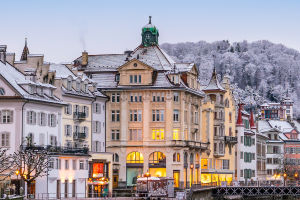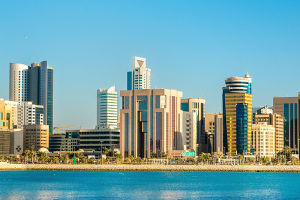Vietnam is a country that offers an exceptional blend of rich cultural heritage, stunning natural landscapes, and vibrant cities.
As you plan your 2025 trip, this guide will provide practical tips and essential information to help you navigate the country with ease!
1. Best Time to Visit Vietnam
The ideal time to visit Vietnam is during the dry season, which runs from November to April. The weather is warm and pleasant, especially in the northern and central regions. However, the southern region is generally warm year-round, making it a great option for travelers seeking tropical weather.
2. Top Destinations to Explore
Hanoi – The capital city is known for its ancient history, with stunning French past architecture, peaceful lakes, and bustling streets. Be sure to visit Hoan Kiem Lake, the Old Quarter, and the Ho Chi Minh Mausoleum.
Halong Bay – A UNESCO World Heritage site, Halong Bay is famous for its emerald waters and thousands of limestone islands. You can explore this area by taking a cruise, with options ranging from day trips to overnight stays on floating hotels.
Hue – A former imperial capital, Hue is home to the ancient Imperial City, which houses temples, palaces, and pagodas. The Citadel and the tombs of the Nguyen emperors are key highlights.
Hoi An – Known for its beautifully preserved Ancient Town, Hoi An offers a glimpse into Vietnam’s trading history. The town’s mix of Vietnamese, Japanese, and Chinese influences can be seen in the architecture, food, and culture.
Ho Chi Minh City – The bustling southern metropolis is famous for its dynamic atmosphere, historic sites like the Cu Chi Tunnels, and vibrant street life. The Remnants Museum is a must-visit for history buffs.
3. How to Get Around Vietnam
Getting around Vietnam is relatively easy with a variety of transport options:
By Plane: Vietnam has a well-connected domestic flight network, with flights between major cities such as Hanoi, Ho Chi Minh City, Da Nang, and Hue. Flights typically cost between $50 to $150 depending on the route and class.
By Train: The Reunification Express offers a scenic and comfortable ride along the coast, from Hanoi to Ho Chi Minh City. Fares range from $30 to $100 depending on class and distance.
By Bus: Long-distance buses are affordable, with tickets ranging from $10 to $50. They are a popular option for traveling between cities.
By Motorbike: Renting a motorbike is a popular way to explore Vietnam's countryside and cities. Rental costs start at about $5 per day, but make sure to wear a helmet and familiarize yourself with local traffic rules.
By Boat: In coastal regions like Halong Bay and Mekong Delta, boats are a scenic and efficient way to travel.
4. Entry Fees and Costs
Halong Bay Cruise: Prices vary depending on the type of cruise, but expect to pay around $40 to $150 for a day cruise. Overnight cruises typically cost $100 to $250.
Imperial City (Hue): Entry tickets for the Imperial City are about $7 for adults. If you want to explore additional tombs and sites, the combined ticket may cost around $15.
Remnants Museum (Ho Chi Minh City): The entrance fee is around $2, making it an affordable stop for history enthusiasts.
5. Where to Stay
Vietnam offers a wide range of accommodations, from budget hostels to luxurious hotels. In major cities, you can find budget options starting at around $10 per night for a dorm bed or guesthouse room. Mid-range hotels typically cost between $30 and $60 per night, while high-end hotels can go upwards of $100.
6. Cuisine and Dining
Vietnamese cuisine is renowned for its fresh ingredients and flavorful dishes. From the iconic Pho (noodle soup) to Banh Mi (sandwiches), the food here is both delicious and affordable. Street food stalls offer meals starting at just $1 to $3, while restaurant meals range from $5 to $15. Make sure to try local specialties like Goi Cuon (spring rolls).
7. Cultural Tips
Respect the Local Customs: Dress modestly when visiting sites and remove your shoes before entering temples or homes.
Bargaining: Bargaining is common in markets, so don’t hesitate to negotiate for a better price, especially in local markets.
Tipping: Tipping is appreciated but not obligatory. In restaurants, a small tip of around 10% is often enough.
8. Safety and Health Tips
Vietnam is generally a safe destination for tourists. However, it’s always advisable to take basic precautions. Make sure to stay hydrated, especially in the hot weather, and use insect repellent when exploring rural areas. If you plan on trekking or hiking, wear proper footwear. Lastly, travel insurance is highly recommended for health and travel emergencies.
Vietnam in 2025 offers a captivating mix of adventure, history, and culture. With a little planning, your visit can be an unforgettable experience, whether you’re exploring bustling cities, serene landscapes, or rich cultural landmarks. Prepare well, respect local customs, and enjoy everything Vietnam has to offer!


